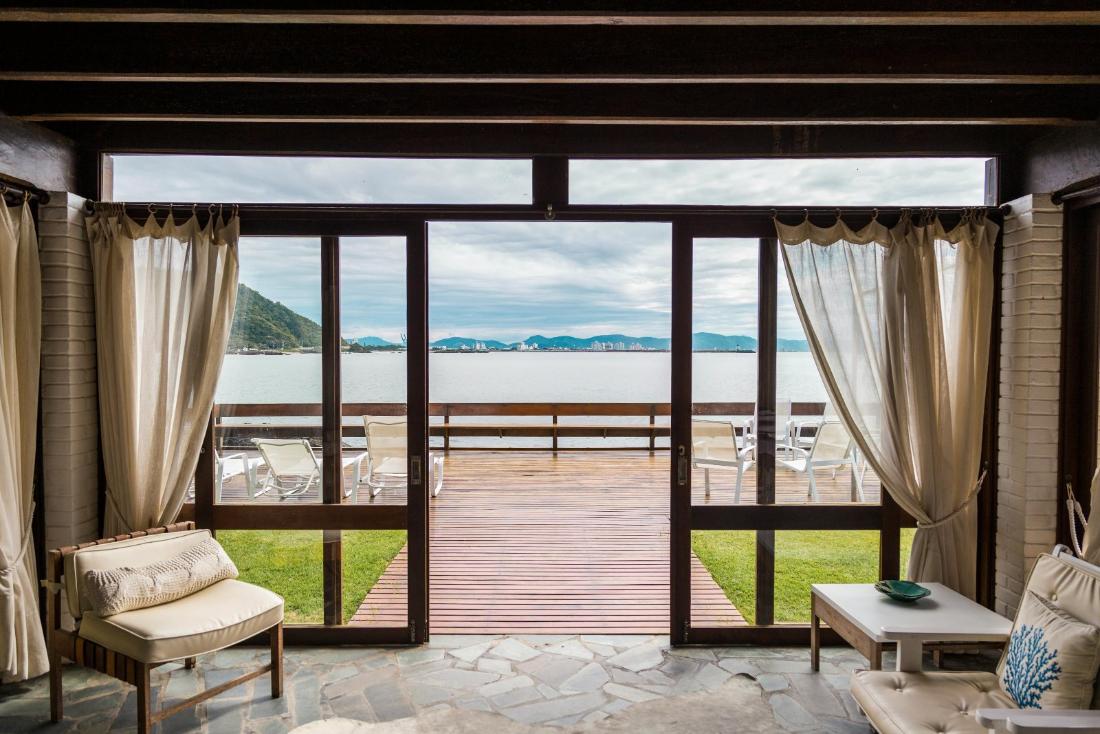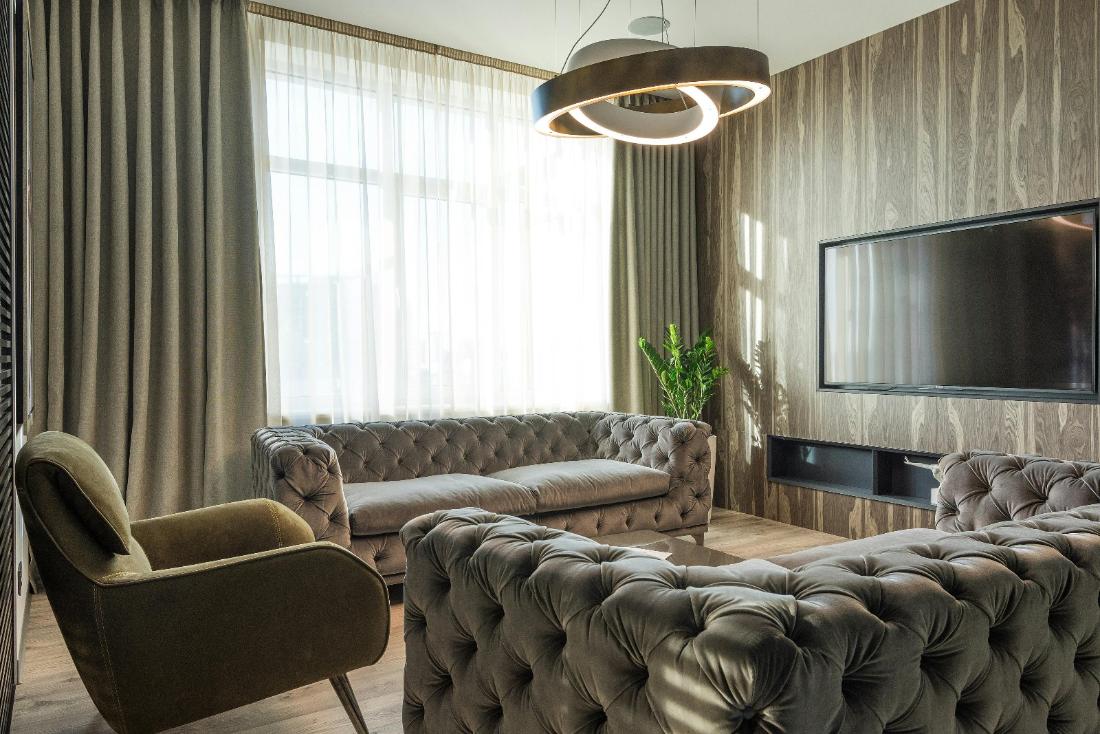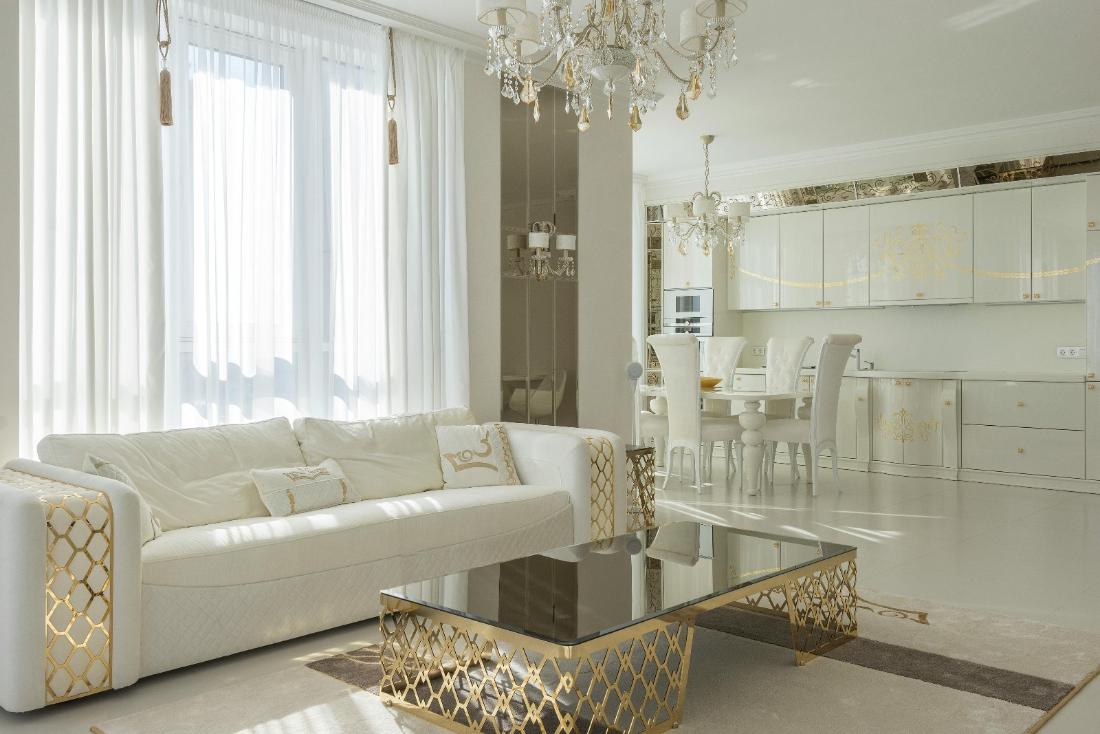Living Room
The Art of Curtains
Feb 29 2024
Curtains, often regarded as mere window coverings, play a multifaceted role in our homes. Beyond their utilitarian function of providing privacy and blocking out light, curtains have evolved into an essential element of interior design. This article explores the various aspects of curtains, from their historical significance to their modern-day aesthetic and functional purposes.
A Brief History:
Curtains have been an integral part of human dwellings for centuries. In ancient times, they were primarily used to keep out drafts and dust. The earliest curtains were simple pieces of cloth hung over doorways or windows. Over time, as societies progressed, so did the art of curtain-making. Intricate fabrics, patterns, and embellishments became a symbol of wealth and status.Evolution of Design:
Today, curtains are not just functional; they are a key design element in interior spaces. The evolution of curtain design has seen the emergence of various styles, fabrics, and hanging techniques. From traditional heavy drapes to minimalist sheer panels, curtains have the power to transform a room's ambiance. Designers often use them to accentuate architectural features, control light, and create visual interest.Fabric Selection:
The choice of fabric significantly influences the overall look and feel of a space. Thick fabrics like velvet and brocade can add a sense of luxury and warmth, while lightweight options like linen or cotton lend an airy and casual vibe. Additionally, patterns and textures on curtains can complement or contrast with the existing decor, enhancing the visual appeal of a room.Functionality:
Beyond aesthetics, curtains serve practical purposes. They regulate natural light, providing an opportunity to create different moods throughout the day. Blackout curtains are popular for bedrooms, offering privacy and blocking unwanted sunlight. Thermal curtains contribute to energy efficiency by insulating spaces, keeping interiors cool in the summer and warm in the winter.Customization and Personalization:
One of the remarkable aspects of curtains is their versatility. Homeowners can customize curtains to suit their preferences and the unique characteristics of their spaces. From choosing the right length and width to selecting the ideal color and pattern, customization allows individuals to express their style and personality.Curtains in the Digital Age:
As technology advances, curtains have not been left behind. Smart curtains equipped with automation and remote control capabilities are becoming increasingly popular. Homeowners can now open and close curtains with a simple voice command or through a smartphone app. This blend of technology and tradition reflects the ever-changing landscape of interior design.In essence, curtains are more than just practical window coverings; they are an art form that has evolved with the times. From their humble beginnings as functional pieces of fabric to their current status as key design elements, curtains continue to enhance the aesthetics and functionality of our living spaces. As we navigate the intersection of tradition and modernity, the art of curtains remains an essential aspect of interior design, showcasing the dynamic nature of human creativity and innovation.
Photo credit: media from befunky



